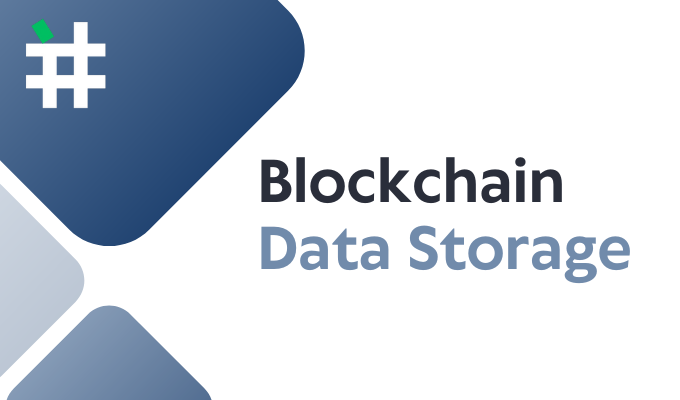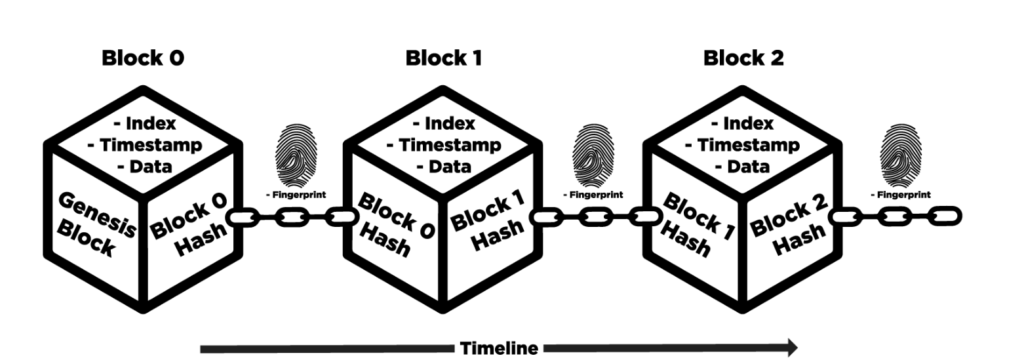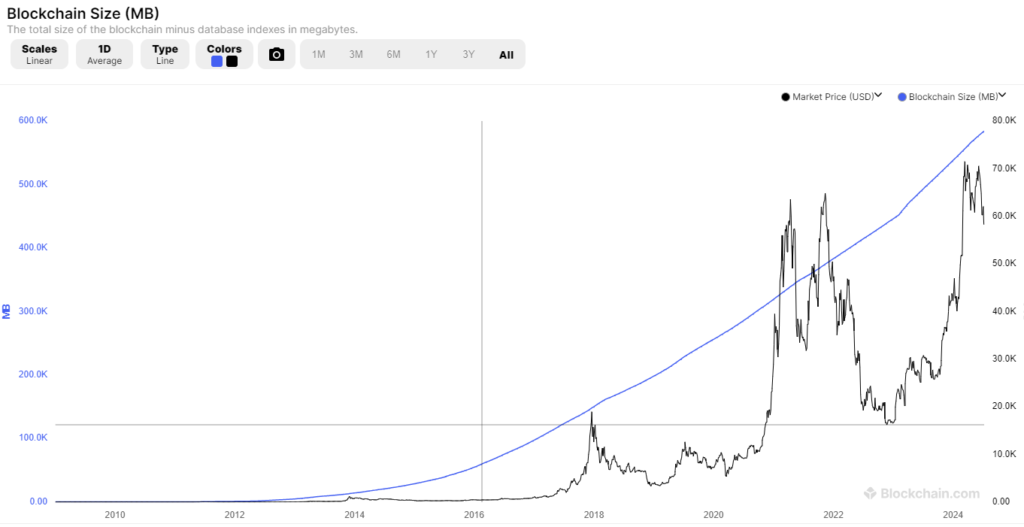
Blockchain technology has completely changed our approach to data storage and security. Unlike traditional databases, blockchain offers a decentralized and unchangeable system for recording transactions and information. In this article, I’ll explain how blockchain data storage works and where this data is actually kept.
What is Blockchain?
Think of blockchain as a distributed ledger that securely and transparently records transactions across multiple computers. Each transaction is grouped into a “block,” and these blocks are linked together in chronological order, forming a “chain.” The best part? Blockchain’s decentralized nature means no single entity controls the entire database, which really boosts security and trust.
How data is Stored in blockchain?
- Blocks and Chains
- Blocks: Every block in a blockchain holds a list of transactions. These transactions get verified by network participants (called nodes) through a consensus mechanism like Proof of Work (PoW) or Proof of Stake (PoS).Chains: Blocks are cryptographically linked. Each block contains a unique hash of the previous block, creating an unbreakable chain of data
- Decentralization
- Nodes: Blockchain data isn’t stored in one place. Instead, it’s spread across multiple nodes in the network. Each node keeps a complete copy of the blockchain, ensuring redundancy and reliability.Consensus Mechanisms: Nodes need to agree on the validity of new transactions before they’re added to the blockchain, which prevents tampering and double-spending.
- Immutability
- Hashing: Blockchain uses cryptographic hashing to secure data. Once a block is added, its data can’t be altered without changing all the subsequent blocks, making tampering nearly impossible.
- Timestamping: Each block gets a timestamp, providing a chronological order of transactions.

Where data is stored in blockchain?
- Distributed Ledgers
- Blockchain data isn’t stored in one central location. Instead, it’s spread across all participating nodes in the network. This ensures that the data is always available, even if some nodes go offline.
- On-Chain and Off-Chain Storage
- On-Chain Storage: This means data that is directly stored on the blockchain. On-chain data is immutable and fully transparent but can be limited in size due to the blockchain’s structure.Off-Chain Storage: For larger datasets, off-chain storage solutions are used. This data is stored outside the blockchain but referenced within it. Techniques like IPFS (Inter Planetary File System) are often employed for off-chain storage.
Bitcoin Blockchain Size and Full Nodes
Bitcoin, as the pioneer of blockchain technology, offers a great example of how data storage works. The Bitcoin blockchain is quite large and continues to grow as new transactions are added.
- Blockchain Size
- As of mid-2024, the Bitcoin blockchain is over 550 gigabytes in size. This size includes every transaction ever processed on the network since its inception in 2009. The blockchain size grows as new transactions are added and blocks are mined roughly every 10 minutes.
- Full Nodes
- A full node in the Bitcoin network is a computer that fully enforces all the rules of the Bitcoin network. Full nodes download and verify the entire blockchain, ensuring all transactions follow the network’s consensus rules.Storage Requirements: Running a full node requires significant storage capacity to keep the entire blockchain, which, as mentioned, is over 550GB+. Full nodes not only store this data but also help maintain the network’s decentralization and security by verifying new transactions and blocks.
Advantages of Blockchain Data Storage
- Security
- Blockchain’s decentralized and cryptographic nature makes it highly secure against hacks and data breaches. Each block’s hash is unique and must match the previous block’s hash, ensuring data integrity.
- Transparency
- All transactions are visible to network participants, which promotes transparency and trust. This is particularly beneficial in industries like finance, supply chain, and healthcare.
- Immutability
- Once data is written to the blockchain, it cannot be altered. This immutability is crucial for maintaining accurate records and preventing fraud.
- Redundancy
- With data stored across multiple nodes, blockchain ensures redundancy. Even if some nodes fail, the data remains accessible and intact.
Challenges and Future Directions
- Scalability
- As the number of transactions grows, so does the size of the blockchain. Scalability remains a significant challenge, with ongoing research into solutions like sharding and Layer 2 protocols.
- Energy Consumption
- Consensus mechanisms like PoW require substantial computational power, leading to high energy consumption. Alternatives like PoS and other eco-friendly protocols are being developed to address this issue.
- Regulation
- As blockchain technology becomes more widespread, regulatory frameworks are evolving to ensure compliance and protect users.
Conclusion
Understanding how and where blockchain stores data is fundamental to grasping its potential and limitations. With its decentralized, secure, and transparent nature, blockchain offers a revolutionary approach to data storage. As technology continues to evolve, addressing challenges like scalability and energy consumption will be crucial for its widespread adoption.


